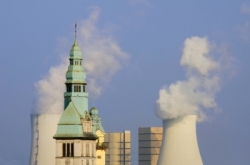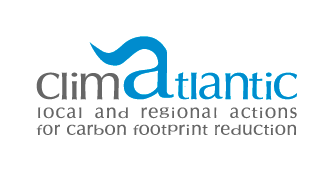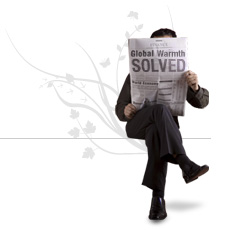NEWS & EVENTS : GENERAL INFORMATION

Air pollution — emissions of selected pollutants
09.03.2015
Major decreases of emissions of key air pollutants in most European countries in 1990-2012: Air quality is slowly improving but has not yet achieved the standard required by EU legislation.
climatlantic //
Emissions of NOX, SOX, NH3 and NMVOC have decreased significantly in most countries between 1990 and 2012. However, air pollution still causes significant harm to health and the environment in Europe.
The majority of countries are making progress towards meeting their 2020 targets under the 2012 revised Gothenburg Protocol. As a result, air quality in Europe is slowly improving.
Setting the scene
Almost all economic and societal activities result in emissions of air pollutants, the effects of which result in real losses for the European economy, the productivity of its workforce, and the health of its natural systems. Europe's air quality has improved considerably in the last 60 years but has not yet attained the air quality foreseen in legislation or recommended by the World Health Organization. The effects of poor air quality on public health have been felt most strongly in urban areas, with levels of particulate matter (PM) of particular concern; and in ecosystems leading to biodiversity loss.
The SOER 2015 briefing on air pollution provides an overview of the status, trends and prospects relating to air quality. This SOER 2015 cross-country comparison focuses on emissions of a group of four pollutants that contribute to acidification, eutrophication, the formation of ground-level (tropospheric) ozone and PM in the atmosphere, namely nitrogen oxides (NOX), sulphur oxides (SOX), ammonia (NH3) and non-methane volatile organic compounds (NMVOC).
More information:
http://www.eea.europa.eu/soer-2015/countries-comparison/air








